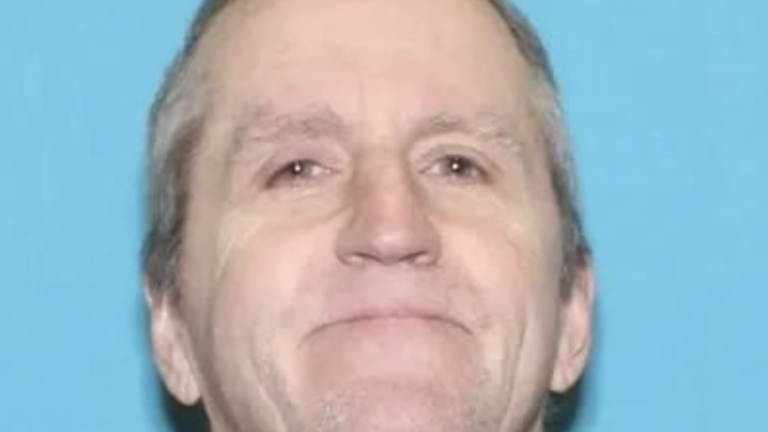Bill Hwang told panicked Wall Street investment banks that his family office Archegos needed up to three weeks to “make everyone whole” shortly before the fund collapsed in 2021, which ended up costing his lenders more than $10bn.
On the second day of Hwang’s trial for fraud and market manipulation, the jury in New York heard portions of a call he held three years ago with six investment banks that were on the hook for billions of dollars as the value of Archegos’s investments plummeted.
The audio recording was a rare insight into the dealings of Hwang, who kept a low profile on Wall Street and worked hard to mask his trading strategy and the positions taken by Archegos, which managed his personal fortune.
For some on the call — which included bankers from Credit Suisse, Goldman Sachs, Nomura, Morgan Stanley, Deutsche Bank and UBS — it was the first time they had heard from Hwang directly.
“This is Bill. Bill Hwang,” he said. “We are really confident in our ability to wind down these names given a little more time,” he told the banks during the call on March 25, 2021.
Earlier that week, the value of Archegos’s largest positions, especially media group ViacomCBS, had plummeted in value, and Hwang was being required by the banks to provide extra cash.
Prosecutors have alleged that Archegos executives misled investment banks to believe that the fund held large positions in easily tradable stocks such as Amazon and Apple at other lenders, when in reality it had similarly concentrated bets in less liquid stocks across all its lenders.
Hwang estimated on the call that it would probably take two to three weeks to sell his holdings and repay the banks what they were owed.
Bryan Fairbanks, a senior executive at UBS at the time of Archegos’s collapse who testified in the case, described some of the numbers given by Hwang during the call as “extremely alarming”.
Shortly after the call, UBS and some of the other investment banks decided to sell the positions they were holding for Hwang, resulting in a fire sale of several stocks.
Fairbanks testified that it took UBS between six and seven weeks to exit positions tied to Archegos.
UBS ended up losing about $860mn. Credit Suisse, now owned by UBS, lost more than $5bn from Archegos.
At the trial in Manhattan federal court, US prosecutors have accused Hwang of running his family office Archegos Capital as a criminal enterprise in an attempt to become a “legend on Wall Street”. Hwang and Patrick Halligan, his top deputy and Archegos’s former finance chief, who have pleaded not guilty, face decades behind bars if convicted.
Barry Berke, a lawyer for Hwang, has sought to portray his client as a high-conviction investor who took large bets in companies he believed in, such as ViacomCBS and Discovery.






























